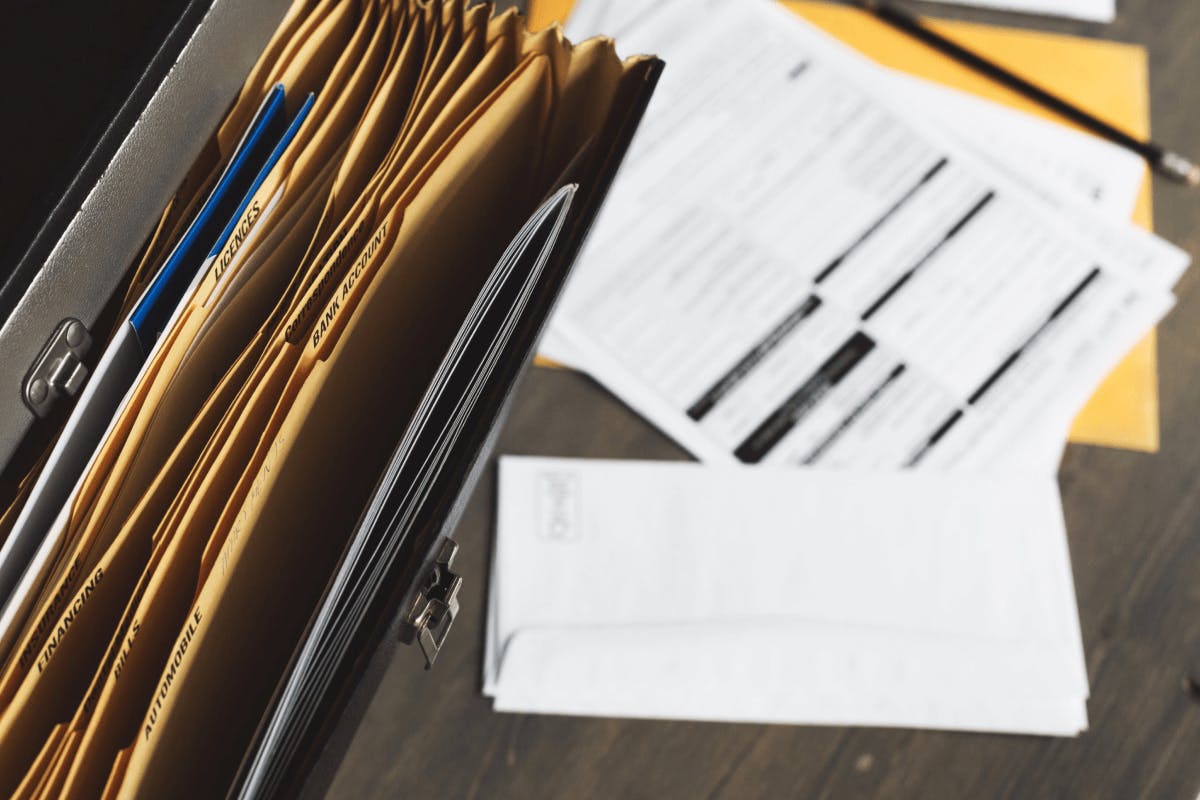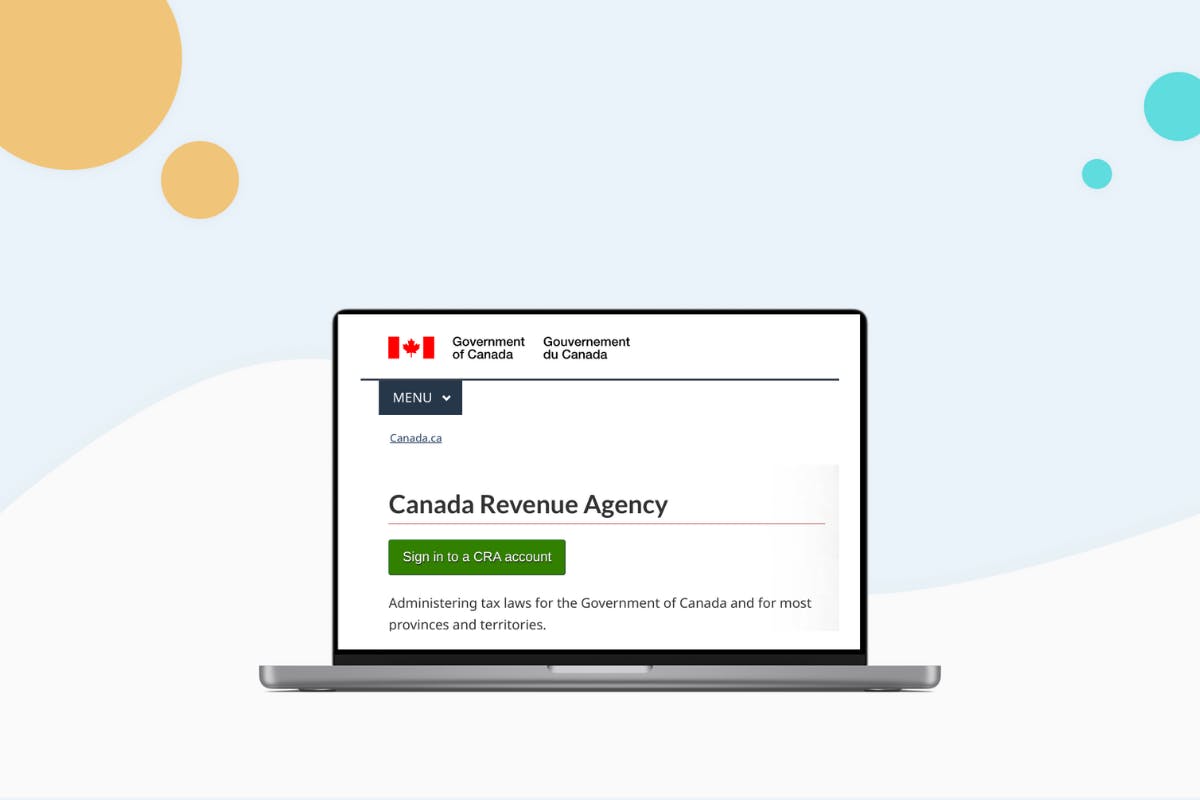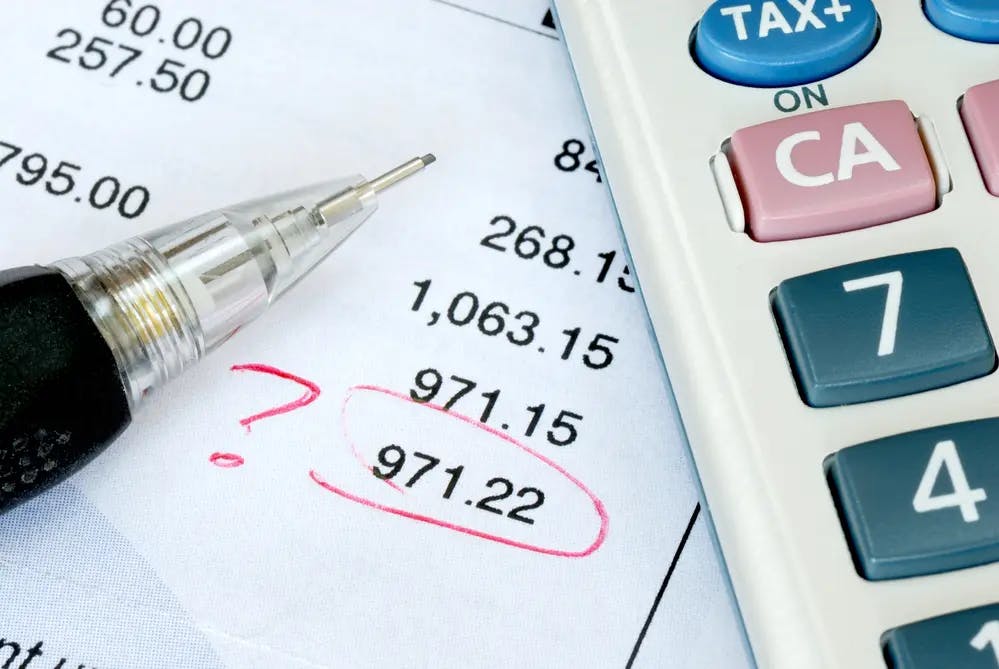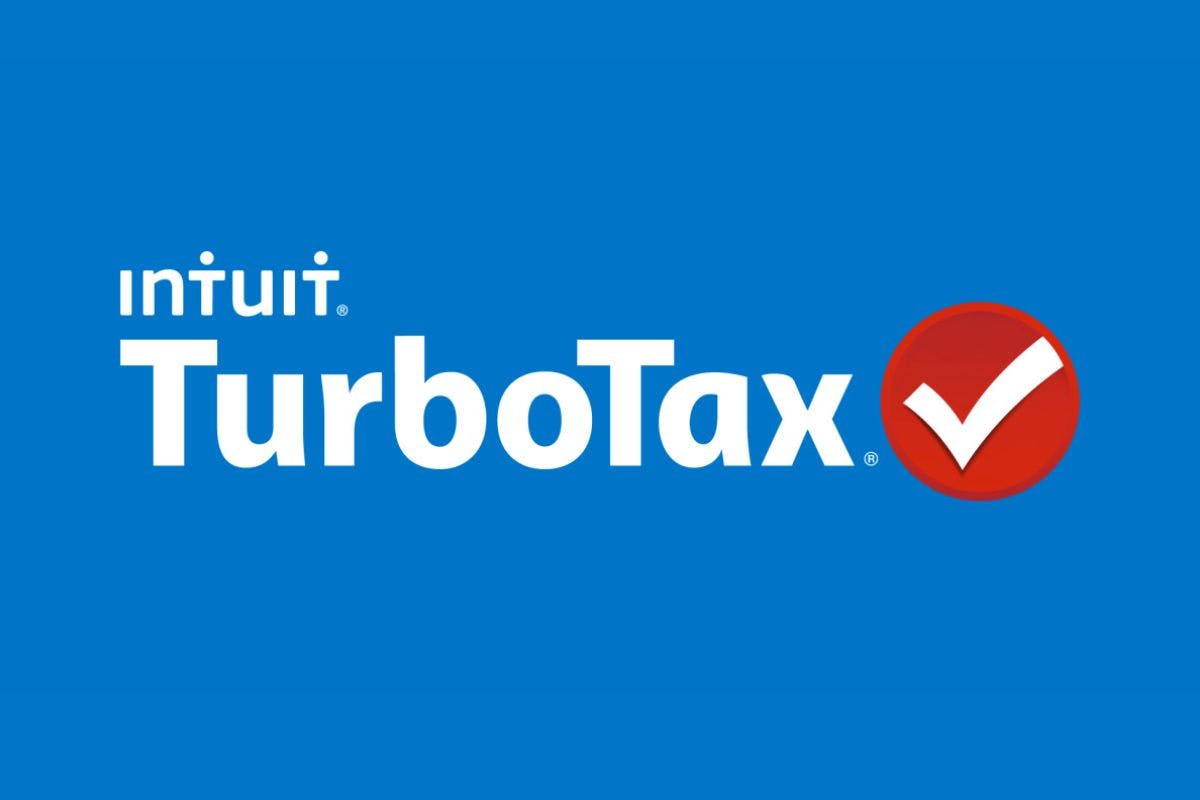Financial planning
If you’re looking to plan your retirement, pay less taxes, build a tax-efficient investment portfolio, or make sure you leave an inheritance, you’ve come to the right place.
Popular articles about financial planning
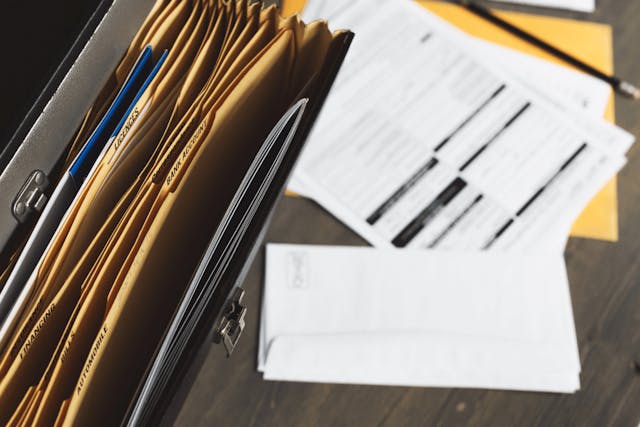
30 ways to pay less income tax in Canada For 2023
Arthur Dubois - 02 May 2023
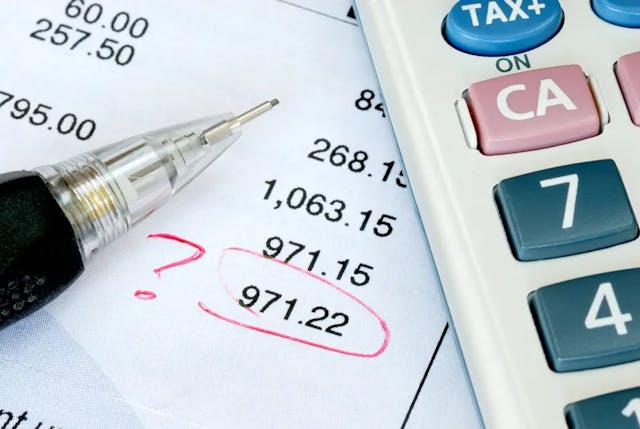
What is a Canada RIT Deposit? Unexpected Surprise Deposits From the CRA
Arthur Dubois - 18 Apr 2023

The New Guide to Old Age Security
Heidi Unrau - 27 Dec 2023

Digital News Subscription Tax Credit: Who’s Eligible and How To Claim It
Arthur Dubois - 20 Jul 2023
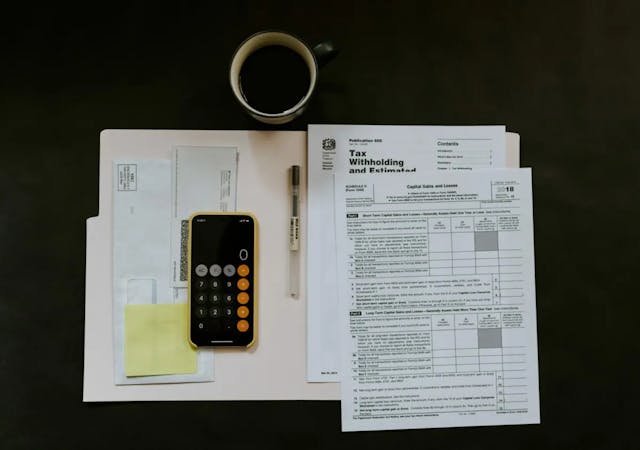
The 5 Best Free Canadian Tax Softwares
Maude Gauthier - 04 Apr 2024
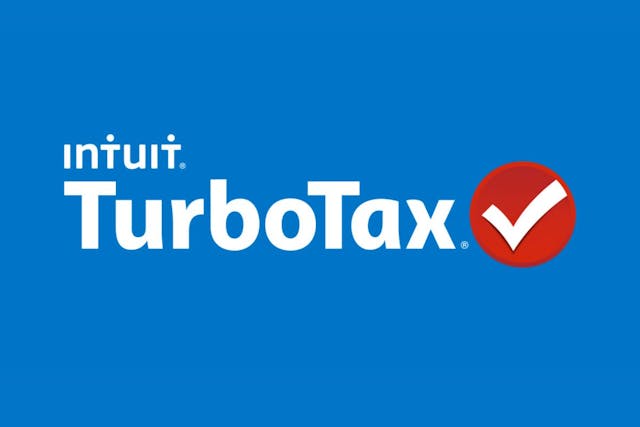
TurboTax Review: The Easiest Tax Software to Use?
Arthur Dubois - 03 Feb 2023

A Last Will and Testament: The ABC’s for Gen X,Y, Z
Heidi Unrau - 20 Dec 2022
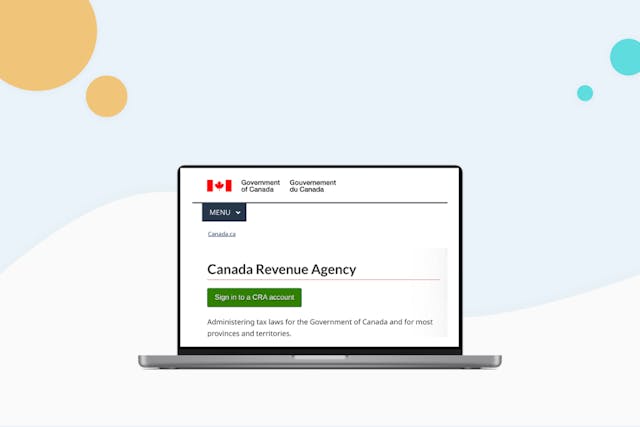
The Ultimate Guide to Set Up and Maintain Your CRA Account in Canada
Emma Martin - 02 May 2023
Frequently asked questions about financial planning
What is retirement planning?
Retirement planning is a personal financial planning exercise that enables a single person or family to map out their ideal retirement in terms of where they want to live, how much money they envision spending each year, what types of activities they want to do in retirement, etc. before developing a suitable financial plan to build towards those goals. Starting retirement planning early is seen as advantageous by many personal finance experts as it enables people to have a longer timeline for savings and investments, and for their money to compound further over an extended period of time.













